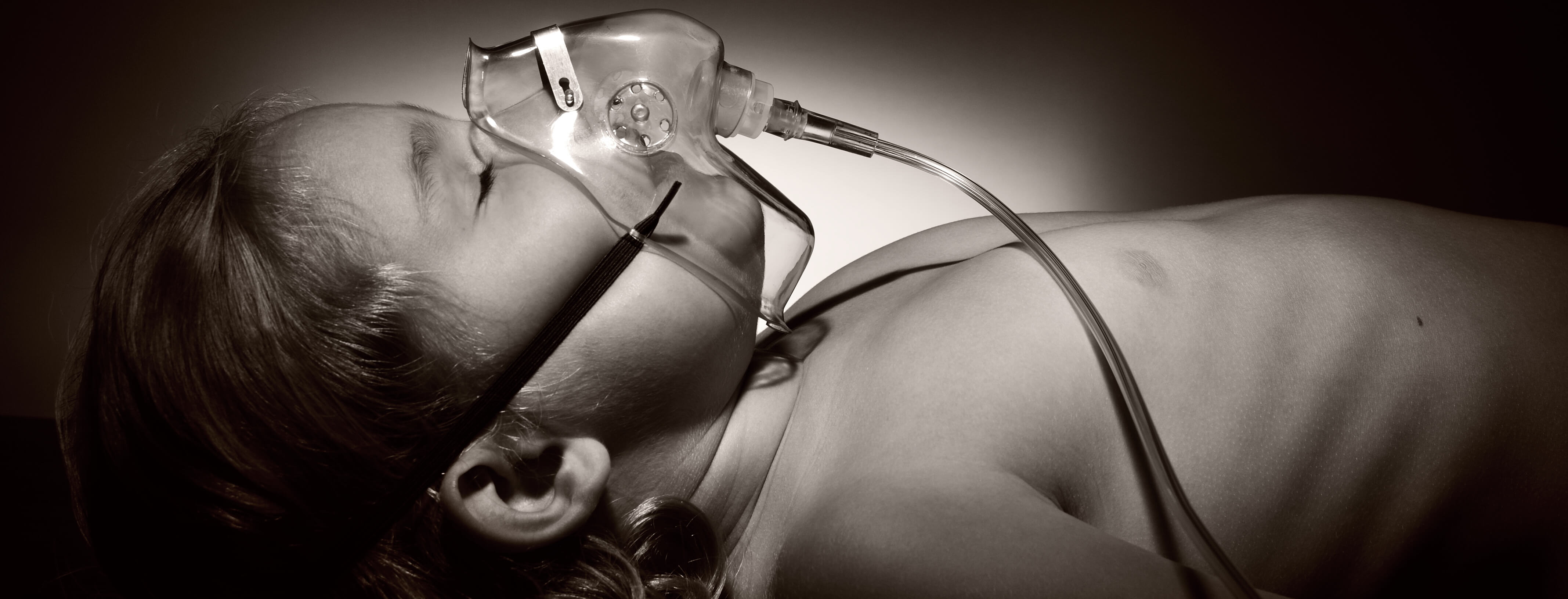A 2-year-old boy is brought in to the Emergency Department with stridor and a barking cough. His mum states that he has had a mild cold for a few days and his voice had been hoarse. His observations are as follows: Temperature 38.1°C, HR 135, RR 30, SaO2 97% on air. His chest examination is normal but you note the presence of stridor at rest.
1. What is the most likely diagnosis?
Show Answer
This child has a diagnosis of croup, which is also referred to as laryngo-tracheo-bronchitis. This upper respiratory tract infection leads to swelling of the trachea and upper airway and causes the classic symptoms of a ‘barking’ cough, hoarse voice, and stridor.
There is often a prodromal coryzal illness for 1-2 days before stridor begins. Symptoms usually peak at 1-3 days with the cough often being worse at night. A milder cough may last for another 7-10 days.
2. What is the most likely causative organism?
Show Answer
Croup is usually caused by parainfluenza virus. Other causative agents include rhinovirus, influenza and respiratory syncytial viruses.
3. Which scoring system can be used to stratify the severity of this condition?
Show Answer
The Westley croup score can be used to assess the child and make management decisions. Children with moderate (score 2-7) or severe croup (score >7) require admission to hospital. Many children with mild croup (score 0-1) can be safely discharged from the ED.
The Westley croup score is scored as follows:
| Score | Stridor | Retractions | Air entry | SaO2 <92% | Conscious level |
|---|---|---|---|---|---|
| 0 | None | None | Normal | None | Normal |
| 1 | When agitated | Mild | Mild decrease | None | Normal |
| 2 | At rest | Moderate | Marked decrease | None | Normal |
| 3 | At rest | Severe | Marked decrease | None | Normal |
| 4 | At rest | Severe | Marked decrease | When agitated | Normal |
| 5 | At rest | Severe | Marked decrease | At rest | Decreased |
4. How would you manage this child?
Show Answer
Dexamethasone and prednisolone are often used and reduce airway swelling. Nebulised budesonide can be used as an alternative if the child is vomiting. Steroids, however, do not shorten the duration of the illness. Nebulised adrenaline can also be used in severe cases.
Hospitalization for croup is rare and usually reserved for children with increasing respiratory distress or drowsiness/ agitation.
Header image used on licence from Shutterstock






What’s up to all, the contents present at this web site are in fact remarkable for people’s knowledge, well, keep up the good work fellows.
Very good, well detailed all I need for winter